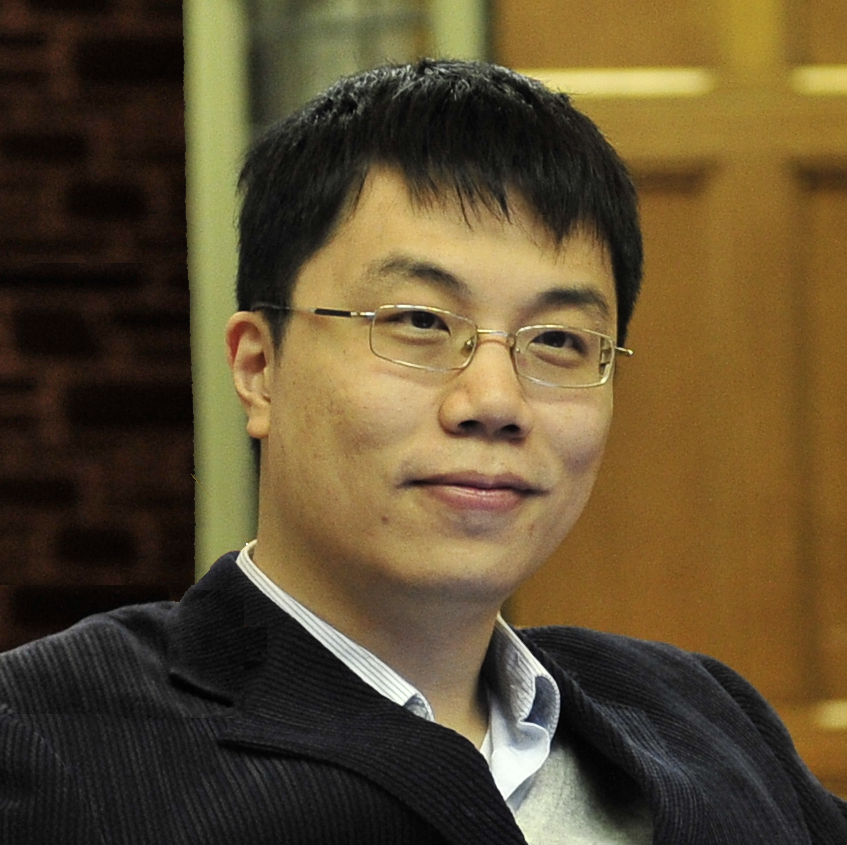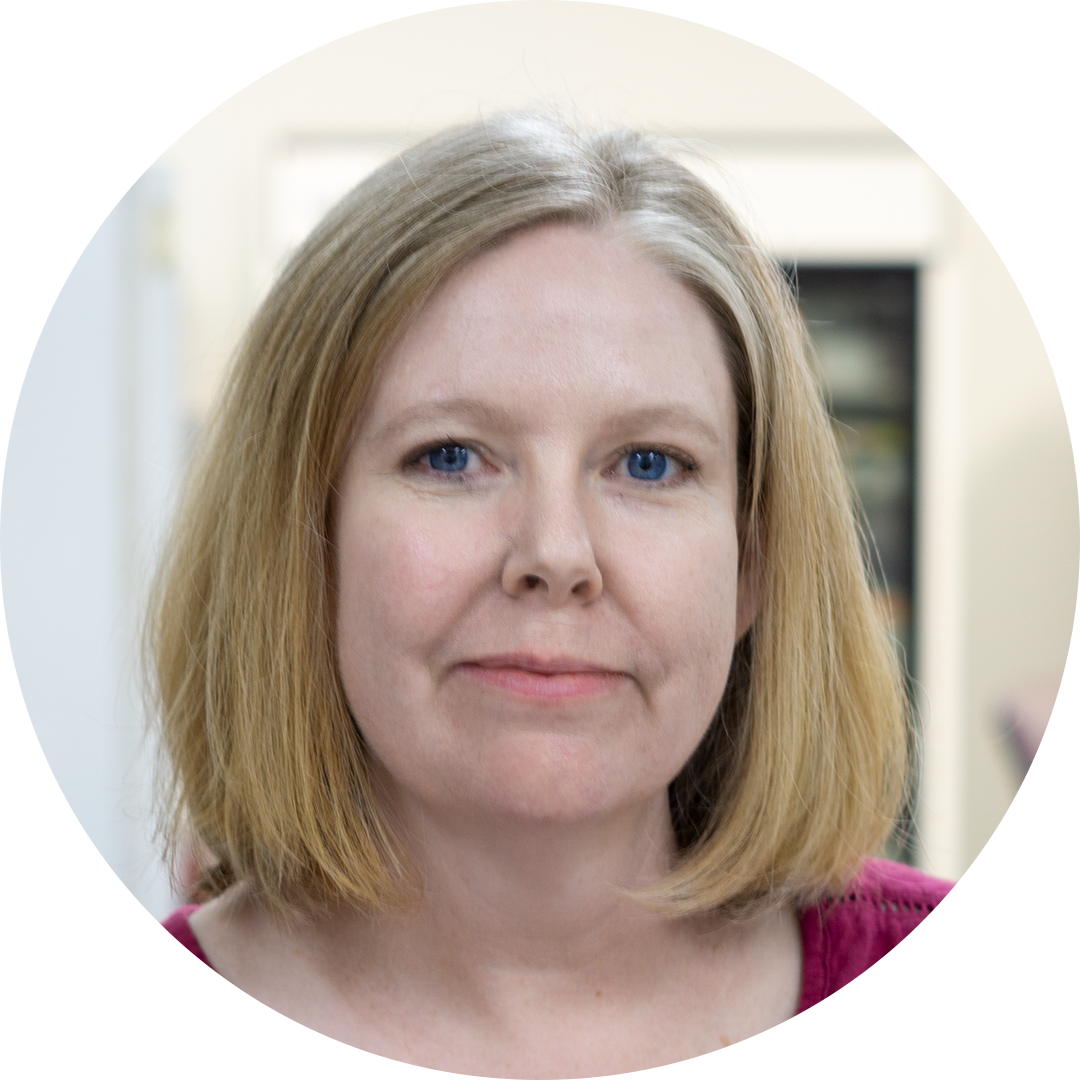Dr. Ke Xu, Ph.D, a leading STORM scientist at UC Berkeley and Biotium collaborator, discusses the challenges and prospects of super-resolution microscopy.

The promise of microscopes one day becoming so advanced that we can distinguish individual molecules within a cell is finally here. Research in the field of super-resolution microscopy is growing rapidly, allowing this current generation of scientists to view biological structures, once considered well-characterized, in a completely new way. Yet more recent advancements in single-molecule imaging (such as STORM and PAINT) are quickly demonstrating that innovation is not only needed in the imaging hardware, but in the fluorescent probes used to acquire data as well. In a recent interview with UC Berkeley associate professor and STORM expert Dr. Ke Xu, Ph.D., he discusses his interest in the field of super-resolution microscopy, its prospects, and how fluorescent dyes play a key role in his research.
Dr. Ke Xu, Ph.D is an associate professor of Chemistry and a Chan-Zuckerberg Biohub Investigator at UC Berkeley. Dr. Xu was a postdoctoral fellow in the same Harvard University lab of one of the inventors of super-resolution microscopy, Dr. Xiaowei Zhuang, and is an expert on STORM (stochastic optical reconstruction microscopy). His current research focuses on the development of new physicochemical tools to interrogate biological, chemical, and materials systems at the nanoscale with extraordinary resolution, sensitivity, and functionality. Dr. Xu is a Sloan Research Fellow, a Packard Fellow for Science and Engineering, a Beckman Young Investigator, and a Pew Biomedical Scholar, and has received an NSF CAREER Award, an NIH Director’s New Innovator Award, and the Talented 12 by C&EN.1
Biotium: How did you first get into this field? Specifically, what fascinated you about microscopy and what motivated you to push the barriers of the current technology?
Xu: Microscopy gives us the possibility to directly see what is going on inside cells, and I find that very attractive. I did my Ph.D. in physical chemistry and worked on nanomaterials –there microscopy is also important, but we were often using electron microscopy and atomic force microscopy to see dead and dried things. Light microscopy gives us the unique advantage of working with wet and live samples, but traditionally the resolution was limited to ~300 nm by the diffraction of light. Super-resolution microscopy provides new opportunities to obtain ~10 nm resolution for live and wet samples, while also inheriting the high molecular specificity and contrast from fluorescence microscopy.
B: What role did CF® dyes play in your work with STORM and 3D-STORM microscopy?
X: The successful implementation of STORM and other super-resolution methods depends heavily on the fluorescent probes. For single-molecule imaging-based methods like STORM, we need to obtain bright single-molecule emission while also being able to photoswitch single molecules between fluorescence emission and dark states. Traditional dyes like Cy®5 work well for the typical 647 nm excitation, and Biotium’s CF®647 and CF®680 dyes also work well with this excitation. For 560 nm excitation, we have often used your CF®568 dye which works well for STORM too.
B: Currently, what are the biggest hurdles in super-resolution microscopy, and how are they being addressed? What role would novel fluorescent dyes play in these advances?
X: High-quality multicolor imaging is still difficult for STORM as it is not always easy to get different colors to work at the same time in the same sample. Historically, dyes excited by red (640-647 nm) lasers work best, yet the performance for dyes at other wavelengths is often sub-optimal. For other improvements, such as faster imaging and even higher resolution, it would be helpful to tune and optimize different aspects of the photophysical properties of the dye.
B: What do you envision super-resolution microscopy will allow us to achieve in the coming years? What are you most excited about?
X: There are several major directions that people are continuing to work on to achieve new possibilities. For example, imaging faster, achieving higher resolutions, and imaging deeper into tissue samples. We are particularly interested in extending the dimension of super-resolution microscopy beyond the structures (geometries). We thus have been developing methods to probe new information spaces as single-molecule spectra and single-molecule motions in the context of STORM. Consequently, we have been able to resolve important physical parameters such as chemical polarity and diffusivity in live cells with outstanding spatial resolution and sensitivity.
B: What advice do you have for labs who have experience with traditional fluorescence microscopy and are looking to delve into super-resolution microscopy?
X: Great question. It is always important to start with the best-prepared samples. As STORM and other super-resolution methods examine samples with much finer details, distortions of the sample in preparation, such as insufficient fixation and staining that are hidden at lower resolutions, become bigger issues. We often use strong fixations and are mindful of optimizing conditions for cell permeabilization and staining. A keen eye helps determine if the sample preparation and imaging processes have led to artifacts, or indeed new discoveries have been made!
References
- People. Available at: http://www.cchem.berkeley.edu/xuklab/people.html. (Accessed: 17th December 2020)
- Super-resolution microscopy reveals fine detail of cellular mesh | Berkeley News. Available at: https://news.berkeley.edu/2018/01/30/super-resolution-microscopy-reveals-fine-detail-of-cellular-mesh/. (Accessed: 17th December 2020)






